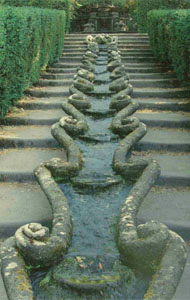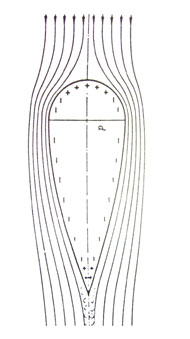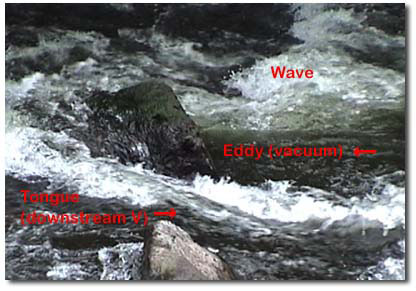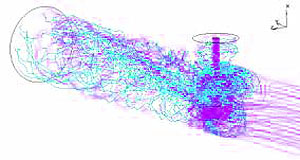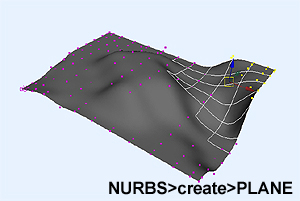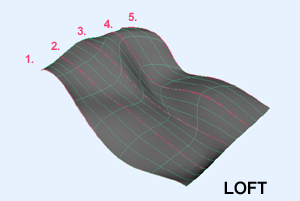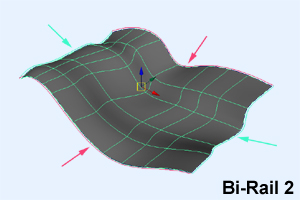
The final project for the diplomwhalfacharbeit is to assemble the skills and knowledge to this point and
cast a flow channel.
The project is to create a FLOWchannel, as an experimental installation, and example for potential follow on work. The FLOWchannel will be fabricated by casting concrete blocks around milled foam blocks to create the individual components of the courseway. The FLOWchannel will represent a series of building blocks, allowing for the individual design of a FLOWsurface, while bringing together the elements at the end to create a specific, and unified installation.
The FLOWchannel will be 10m long, 38cm wide, and will consist of 10 individually cast concrete elements. There will be a gravity-slope for the flow of water, and drainage at the end. The project will be installed at the ETH Hoenggerberg, with the exact location yet to be determined and approved.
Work Methodology:
1: Analysis
- Collect all of the images and video of your piece from the last experiment.
- Compile the video into presentation format. (400x600px)
- Compare the digital analysis to the actual resultants.
- Analyse the images and video and isolate one or two specific "FLOWdynamics". These will be the basic building blocks for your individual work.
2. Implementation
- The team will be given the basic data for the construction, as well as the casting boxes.
- The ends of each section will be predefined so as to ensure the path flows directly from one section to the next smoothly.
- The path between the end-sections is subject to the design interpretation of the individual.
- The size of the blocks has specifically been chosen to promote further testing if required.
3. Design
- Each participant is responsible for the design of one section.
- Participants may work in groups so as to distribute their "FLOWdynamics" to numerous different pieces along the "FLOWchannel"
- Care should be taken to remember that this will be a "NEGATIVE CASTING" of the milled form, and therefore all the surface texturing will be INVERTED!
- Each surface may be made up of component parts, it is NOT required that each block has a unified surface.
- Each block will have flat-square ends, so as to ensure a flat connection to the next block.
4. Fabrication
- Each student will be given the raw material to assemble a casting box.
- The casting boxes will be 12cm deep, within which the milled form will be inserted, reinforcing mesh will be added, and then concrete cast into the box.
- Casting and curing should take ~3 days.
- There will be a demonstration and more information on the casting process.
Schedule:
Analysis - July 19, 20
Design & Fabrication- July 21- 25
Concrete casting Tuesday July 26
Installation July 28,29(am)
The final review will take place Friday July 29th at 14:00
